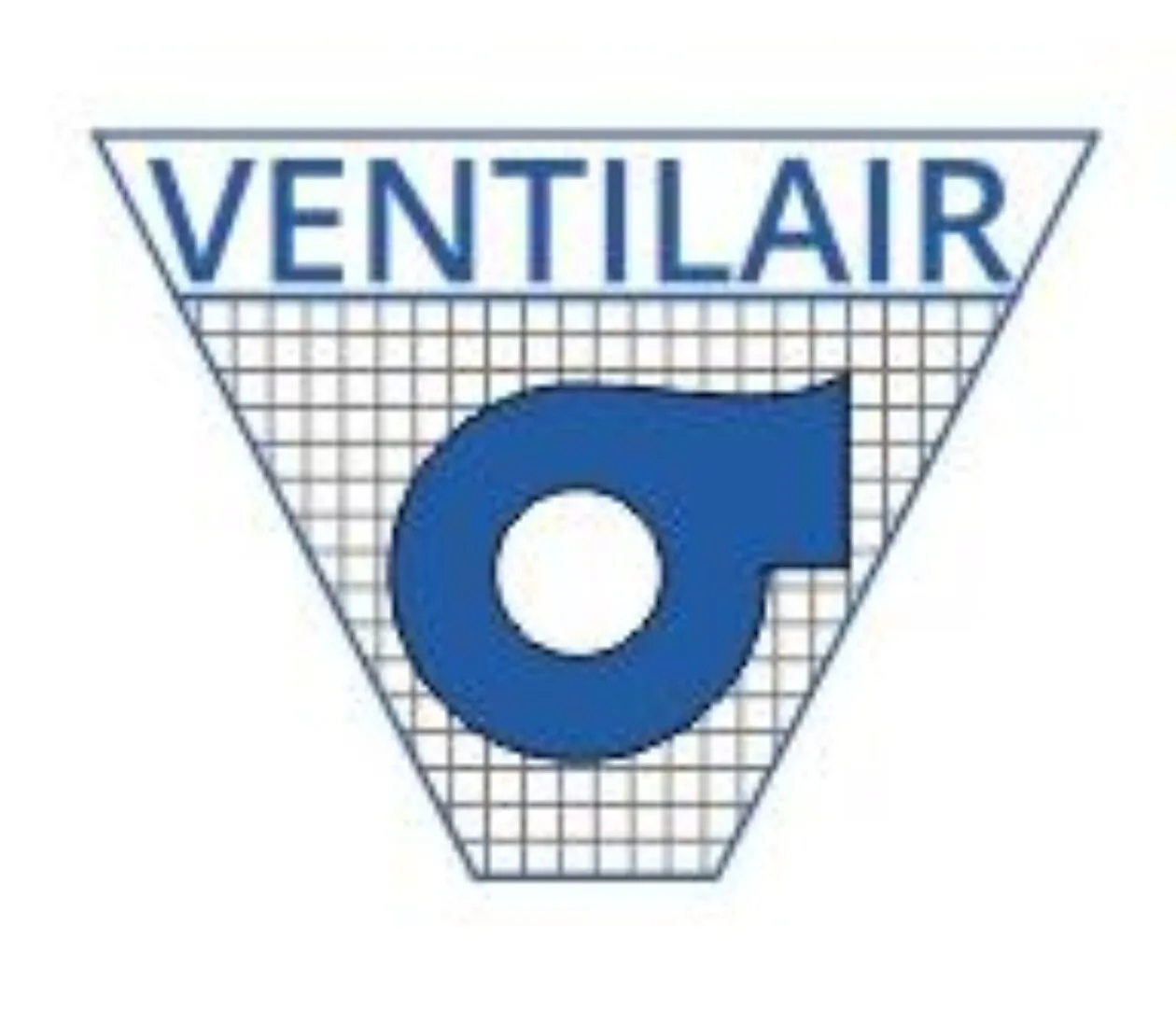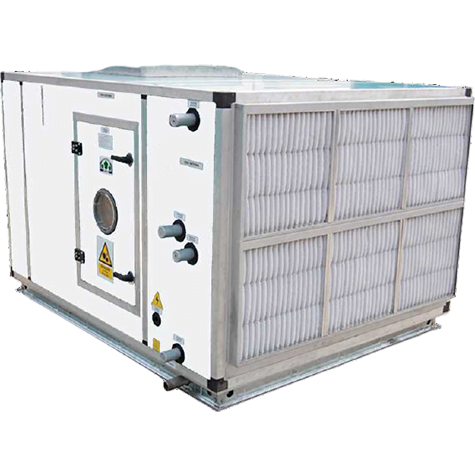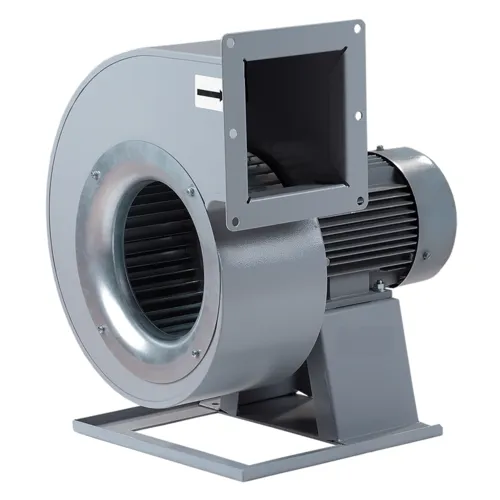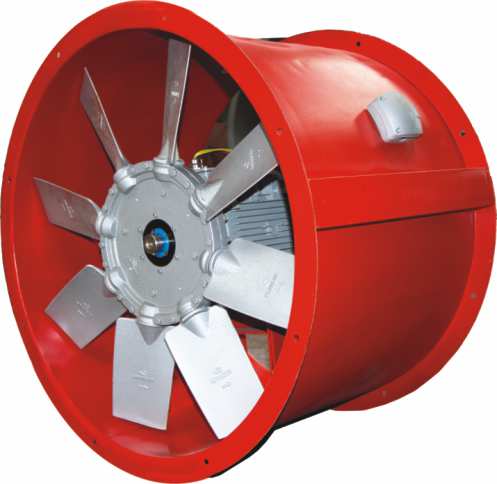In this blog we are to discuss about how does an air handling unit work? When it comes to indoor air quality and climate control, air handling units (AHUs) play a vital role in maintaining a comfortable and healthy environment. An air handling unit is a crucial component of heating, ventilation, and air conditioning (HVAC) systems. In this article, we will explore the working principles of an air handling unit and its importance in maintaining optimal air quality in various settings.
1. Introduction to Air Handling Units
An air handling unit is a mechanical device that circulates and conditions air within a building. It is responsible for the filtration, heating, cooling, humidification, and dehumidification of the air. air handling units are commonly found in commercial buildings, hospitals, schools, shopping malls, and other large facilities where air quality is of utmost importance.
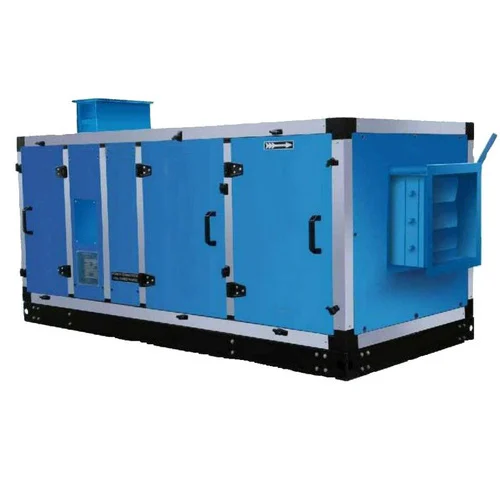
2. Components of an Air Handling Unit
An air handling unit consists of several key components that work together to perform different functions:
a) Air Intake and Filters
The air intake section of an air handling unit draws in the outside air. Before entering the unit, the air passes through filters that remove dust, pollen, and other airborne particles. This helps improve the indoor air quality and protects the other components of the air handling unit.
b) Heating and Cooling Elements
AHUs have heating and cooling elements to adjust the temperature of the air. Heating coils warm up the air during cold seasons, while cooling coils lower the temperature during hot seasons. These elements are connected to the building’s HVAC system, which provides the necessary heating or cooling source.
c) Humidification and Dehumidification
To control the humidity levels in a building, AHUs incorporate humidification and dehumidification mechanisms. Humidifiers add moisture to the air in dry conditions, preventing discomfort and health issues caused by excessively dry air. Dehumidifiers remove moisture from the air in humid conditions, reducing the risk of mold growth and improving overall comfort.
d) Fans and Air Distribution
Fans within the AHU circulate the conditioned air throughout the building. They help maintain a steady airflow, ensuring that every corner of the building receives fresh, conditioned air. Ductwork and vents distribute the air to different zones, allowing for efficient and even air distribution.
3. Working Principles of an Air Handling Unit
The operation of an air handling unit involves the following steps:
a) Air Intake and Filtration
The AHU draws in outside air through the air intake section. The air first passes through filters, which trap particles such as dust, pollen, and allergens. This filtration process helps improve indoor air quality by removing contaminants.
b) Conditioning the Air
After filtration, the air moves to the heating or cooling elements, depending on the desired temperature. Heating coils or cooling coils adjust the air temperature accordingly. The HVAC system provides the necessary energy source for heating or cooling.
c) Humidity Control
If the air needs humidification or dehumidification, the AHU employs humidifiers or dehumidifiers to adjust the humidity levels. Humidifiers add moisture when the air is too dry, while dehumidifiers remove moisture when the air is too humid.
d) Air Circulation and Distribution
Once the air is conditioned and the humidity levels are controlled, the fans within the AHU circulate the air. The fans create a continuous flow, pushing the conditioned air through the ductwork and vents to reach different areas of the building. This ensures that every space receives the conditioned air, providing a comfortable and consistent environment throughout the building.
4. Importance of Air Handling Units
Air handling units are essential for several reasons:
a) Temperature Control
By incorporating heating and cooling elements, AHUs help maintain optimal temperature levels within a building. This ensures that occupants can work, study, or engage in activities comfortably regardless of external weather conditions.
b) Air Filtration and Indoor Air Quality
The air intake and filtration system in AHUs play a crucial role in improving indoor air quality. The filters trap dust, pollen, bacteria, and other airborne particles, preventing them from circulating throughout the building. This is especially important in environments where occupants may have respiratory sensitivities or allergies.
c) Humidity Regulation
Maintaining appropriate humidity levels is vital for occupant comfort and overall well-being. AHUs equipped with humidifiers and dehumidifiers help control humidity, preventing issues such as dry skin, respiratory irritation, and mold growth. By ensuring a balanced moisture level, AHUs contribute to a healthier indoor environment.
d) Ventilation and Air Circulation
Proper ventilation is necessary to remove stale air, odors, and potentially harmful gases from indoor spaces. AHUs, with their fans and air distribution system, facilitate the exchange of fresh outdoor air with indoor air, promoting better air circulation and preventing the buildup of pollutants.
5. Energy Efficiency Considerations
While air handling units provide numerous benefits, it’s important to consider energy efficiency when operating them. Here are a few ways to optimize energy usage:
a) Variable Air Volume (VAV) Systems
Implementing VAV systems allows the AHUs to adjust the airflow based on the specific requirements of each zone. This helps optimize energy consumption by supplying the right amount of conditioned air where it’s needed most.
b) Heat Recovery Systems
Incorporating heat recovery systems in AHUs enables the capture and reuse of waste heat. This recovered heat can be utilized for preheating or precooling the incoming fresh air, reducing the energy demand on the heating and cooling elements.
c) Regular Maintenance and Filter Replacement
Proper maintenance, including regular cleaning and filter replacement, ensures the AHU operates efficiently. Clean filters allow for better airflow, reducing the strain on fans and saving energy.
6. Conclusion
Air handling units are vital components of HVAC systems, responsible for conditioning and circulating air in various buildings and facilities. By controlling temperature, humidity, air quality, and ventilation, AHUs contribute to occupant comfort, well-being, and productivity. Understanding how AHUs work and implementing energy-efficient practices can help create a healthier and more sustainable indoor environment. So, whether it’s a commercial space, healthcare facility, or educational institution, a well-designed and properly maintained air handling unit plays a crucial role in maintaining optimal indoor air conditions.
